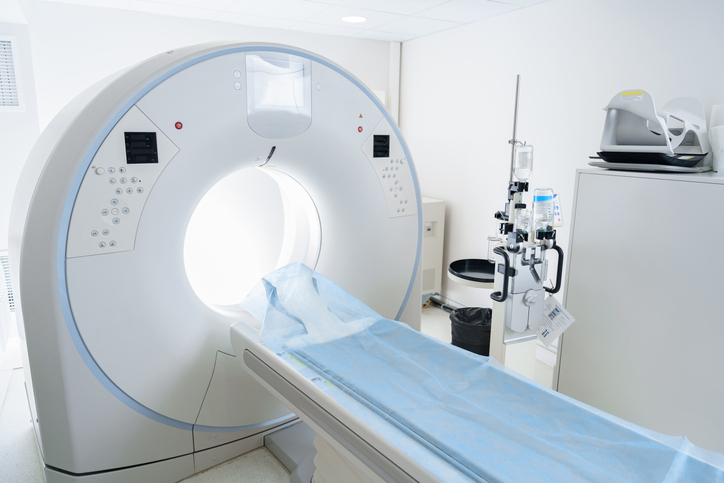
Researchers, led by Shima Yazdandoust, sought to uncover associations between high-density lipoprotein lipid peroxidation (HDLox) levels and coronary artery disease (CAD) via coronary angiography. Their study, published in Biofactors, found that the oxidation of high-density lipoprotein (HDL) “leads to a reduction in its antioxidant function,” and plays a significant role in the development of atherosclerosis.
The study included a total of 572 patients with stable CAD plus 281 healthy subjects with no history of cardiovascular disease as a control group. Patients with CAD were divided into CAD– and CAD+ positive groups using coronary angiography. The researchers used a fluorimetric method to measure HDLox levels. They also assessed how effectively HDLox and serum HLD cholesterol could detect and coronary artery stenosis of ≥50% with a receiver operating characteristic (ROC) curve analysis.
The investigators observed significantly higher serum HDLox levels in patients with CAD compared to the control group (1.15 [range: 1.01–1.31] vs. 0.85 [range: 0.62–1.06]; p <0.001). Furthermore, CAD– patients had significantly lower HDLox levels compared to CAD+ patients (1.05 [range: 0.92–1.22] vs. 1.24 [range: 1.12–1.35]; p <0.001). Based on their ROC analysis, the authors suggested that HDLox was better at detecting the risk of CAD and coronary artery stenosis versus serum HDL cholesterol levels.
Overall, the study’s collaborators identified a key mechanism of high-density lipoprotein oxidation leading to poorer prognoses, and ultimately recommended that HDLox be used as a diagnostic biomarker for CAD.







 © 2025 Mashup Media, LLC, a Formedics Property. All Rights Reserved.
© 2025 Mashup Media, LLC, a Formedics Property. All Rights Reserved.